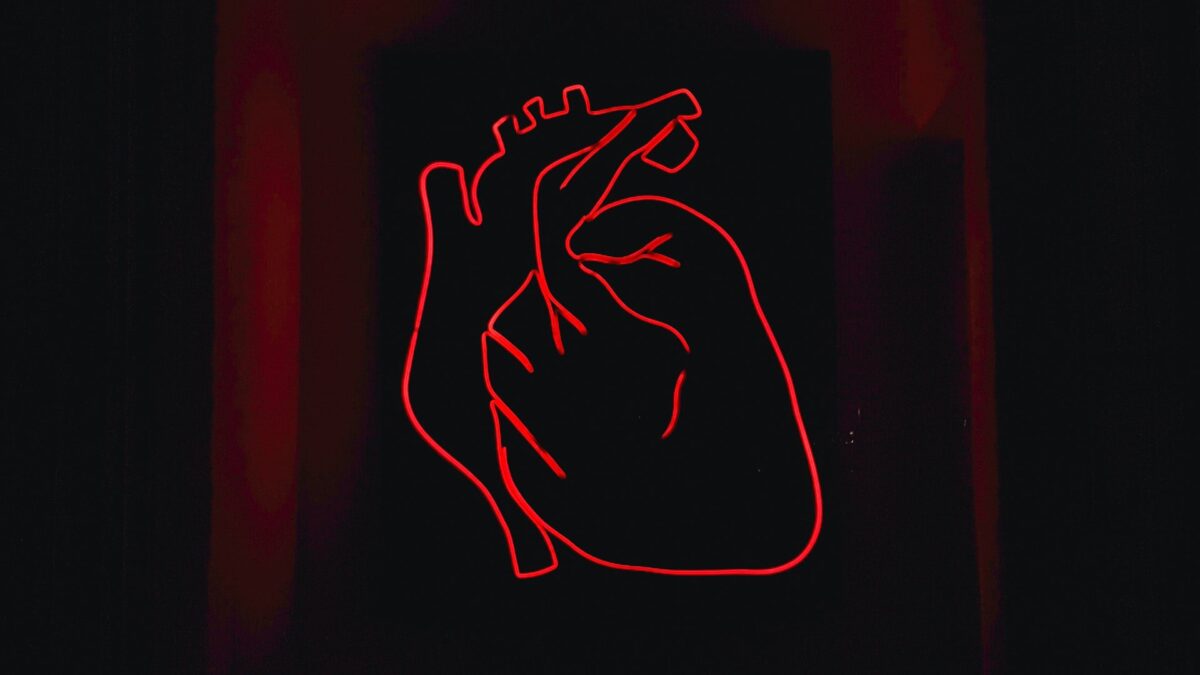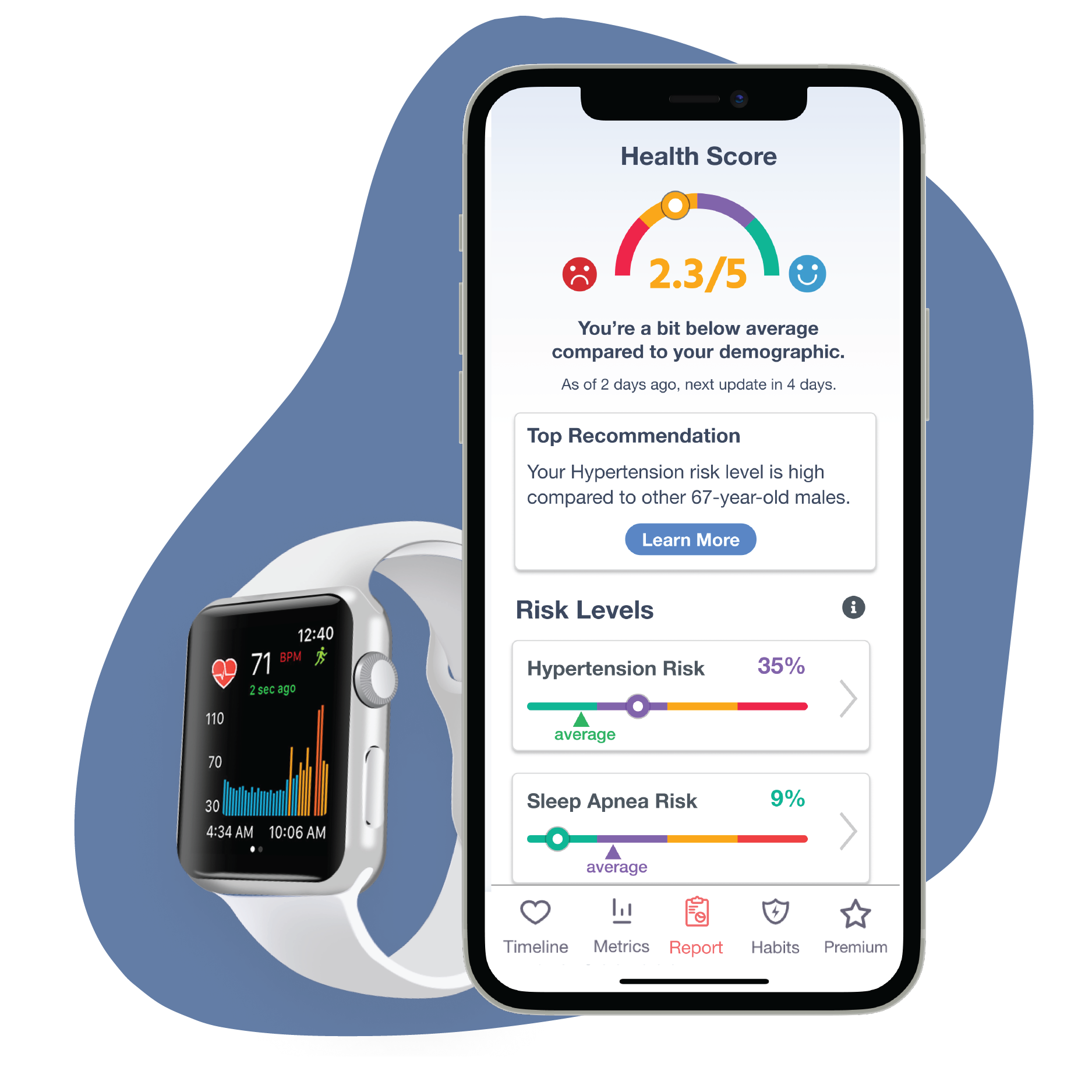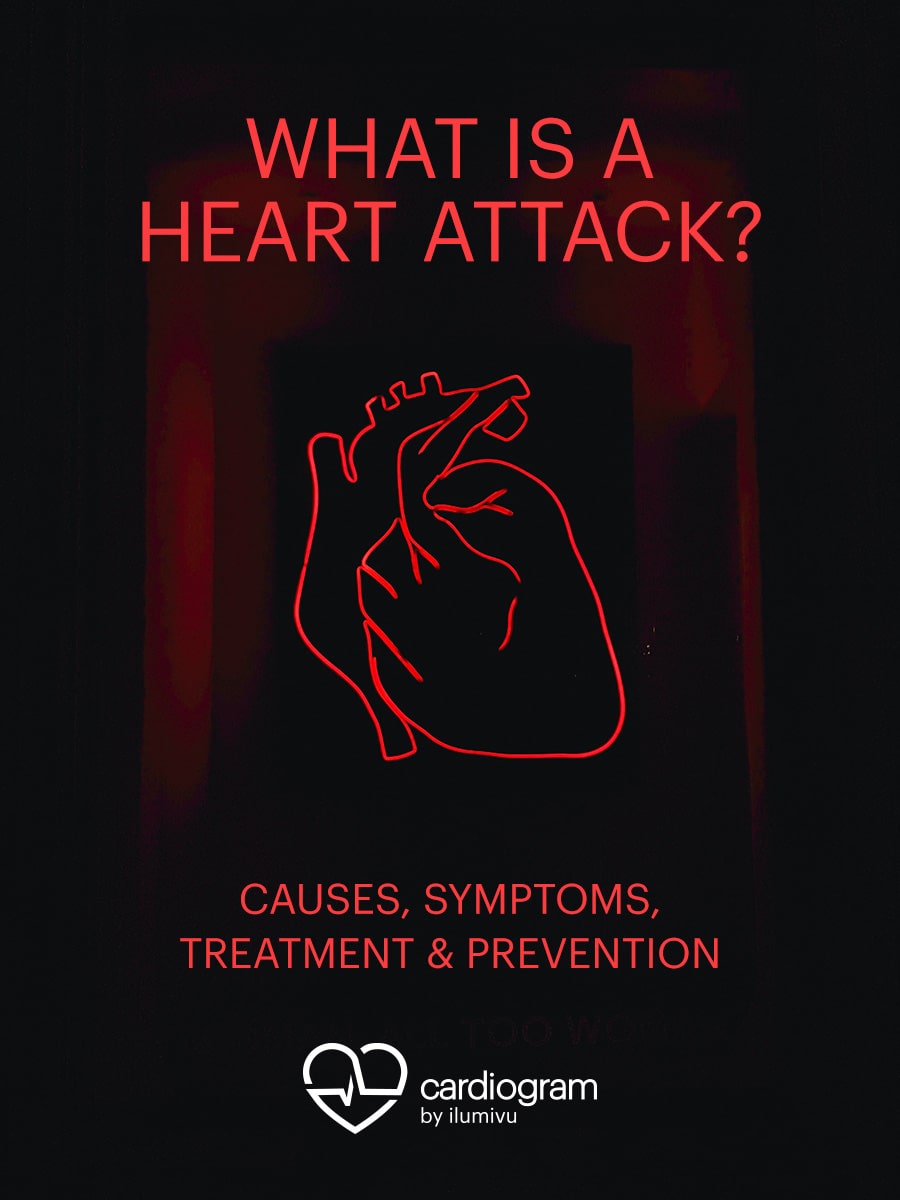Every 40 seconds, someone in the U.S. suffers from myocardial infarction (more well-known as a heart attack).1 In essence, a heart attack is a severe medical emergency in which the blood supply to the heart is suddenly cut off. When this happens, the affected muscle tissue begins to die. A heart attack can lead to severe complications or death if not treated immediately.
This article will discuss what causes a heart attack, the symptoms you should watch out for, and how it's treated. We will also cover some prevention tips to reduce your heart attack risk.
Risk Factors for Heart Attack
There's no single cause of heart attack. Rather, there are a wide range of factors that can contribute to this often fatal condition. Some of the most common causes include:
- High blood pressure
- High cholesterol levels
- Lifestyle habits like tobacco use
- Poor diet
Additionally, many medical conditions, including diabetes, obesity, and chronic stress, can put someone at greater risk of experiencing a heart attack.

Signs and Symptoms of Heart Attack
There’s a wide range of symptoms associated with heart attacks. And the symptoms someone will experience can depend on the severity of the heart attack. However, the most common signs and symptoms of a heart attack include the following:
- Chest pain or pressure
- Radiating pain down the arm or into the jaw
- Shortness of breath
- Feeling lightheaded or weak
- Sweating
- Abnormal heart rate
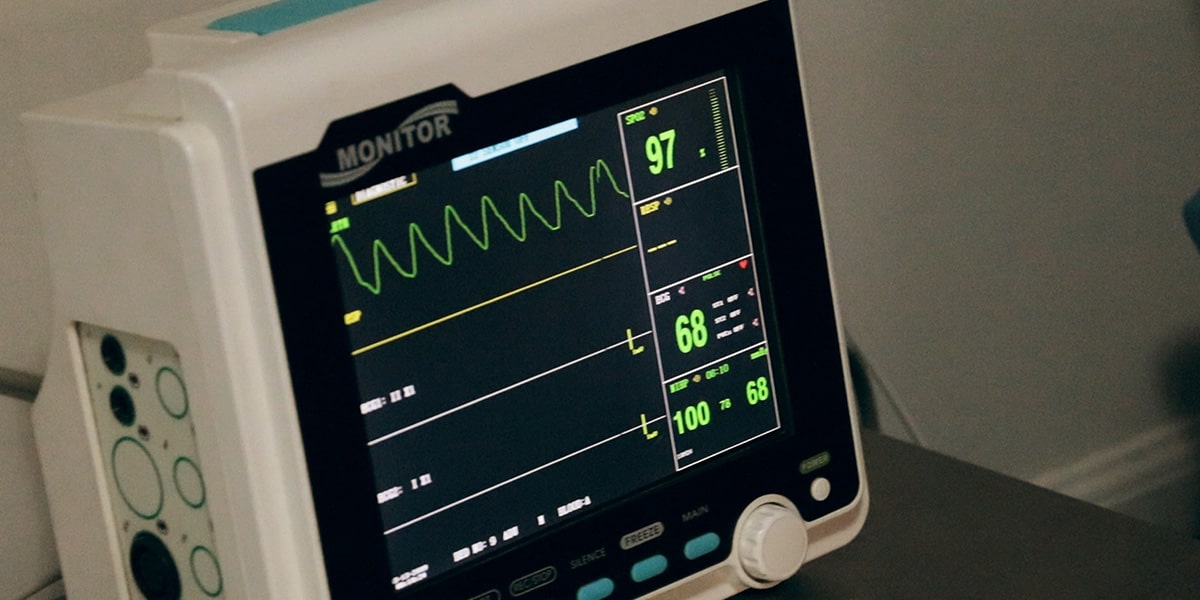
Diagnosis for Heart Attacks
To diagnose heart attacks, doctors typically perform several different types of tests and investigations.
Treatment Options for Heart Attacks
Fortunately, several treatment options are available for myocardial infarction, including lifestyle changes, medications, and surgery. These treatments work by either repairing the damaged arterial tissues so that blood can start flowing through to the heart or rerouting blood flow around damaged areas of the artery.
Of course, different cases will require additional treatments in order to be most effective. So, it’s also essential to consult with a healthcare professional to choose the right treatment plan for your particular situation. However, whatever option you choose for treating myocardial infarction, because this condition can be fatal, getting treatment as quickly as possible is crucial for optimal healing and recovery.
Heart Attack Prevention
Left untreated, myocardial infarction can lead to complications such as arrhythmias or heart failure. However, specific preventive measures and cardio-conscious lifestyle changes can significantly reduce the risk of developing this condition. These measures include:
- Eating a balanced diet
- Engaging in regular exercise
- Reducing stress
- Quitting smoking
- Getting quality sleep
- Taking medications as prescribed by a doctor
Taking these steps in conjunction with routine screening and monitoring by a physician makes it possible to significantly reduce the risks of myocardial infarction and its potentially severe consequences.
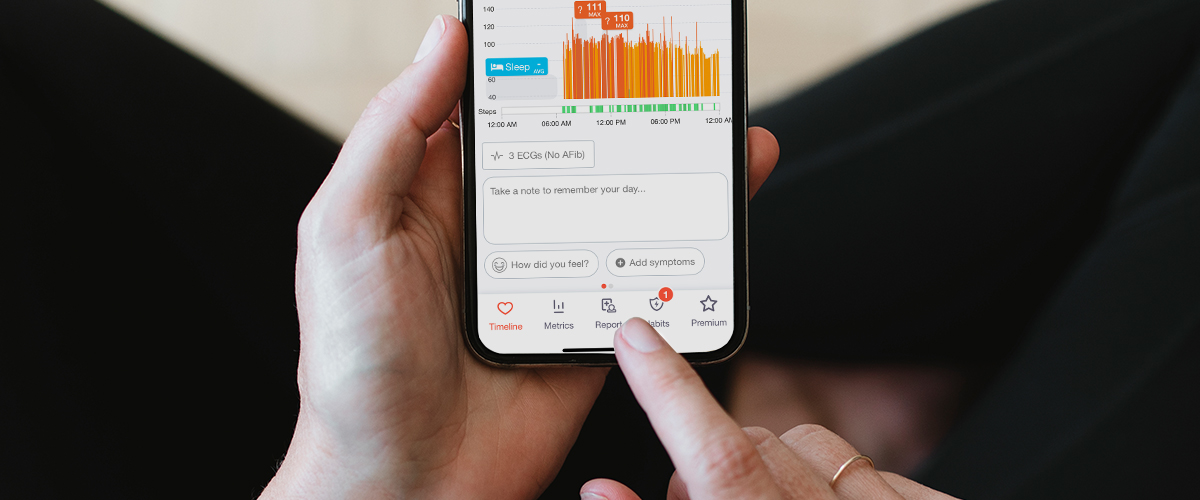
Tagging Symptoms
Enroll in a habit
Join our facebook community
- Tsao CW, Aday AW, Almarzooq ZI, Beaton AZ, Bittencourt MS, Boehme AK, et al. Heart Disease and Stroke Statistics—2022 Update: A Report From the American Heart Association. Circulation. 2022;145(8):e153–e639.
- Lu, L., Liu, M., Sun, R., Zheng, Y., & Zhang, P. (2015). Myocardial Infarction: Symptoms and Treatments. Cell Biochemistry and Biophysics, 72(3), 865–867. https://doi.org/10.1007/s12013-015-0553-4
- Ojha N;Dhamoon AS. (2022, May 22). Myocardial Infarction. https://pubmed.ncbi.nlm.nih.gov/30725761/#:~:text=Myocardial%20infarction%20(MI)%2C%20colloquially,hemodynamic%20deterioration%20and%20sudden%20death.


